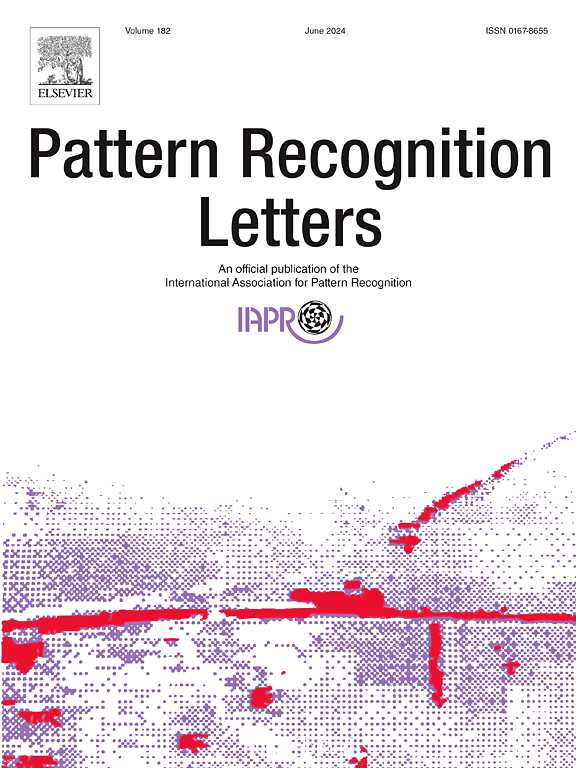RoNFA: Robust neural field-based approach for few-shot image classification with noisy labels
IF 3.3
3区 计算机科学
Q2 COMPUTER SCIENCE, ARTIFICIAL INTELLIGENCE
引用次数: 0
Abstract
In few-shot learning (FSL), the labeled samples are scarce. Thus, label errors can significantly reduce classification accuracy. Since label errors are inevitable in realistic learning tasks, improving the robustness of the model in the presence of label errors is critical. This paper proposes a new robust neural field-based image approach (RoNFA) for few-shot image classification with noisy labels. RoNFA consists of two neural fields for feature and category representation. They correspond to the feature space and category set. Each neuron in the field for category representation (FCR) has a receptive field (RF) on the field for feature representation (FFR) centered at the representative neuron for its category generated by soft clustering. In the prediction stage, the range of these receptive fields adapts according to the neuronal activation in FCR to ensure prediction accuracy. These learning strategies provide the proposed model with excellent few-shot learning capability and strong robustness against label noises. The experimental results on real-world FSL datasets with three different types of label noise demonstrate that the proposed method significantly outperforms state-of-the-art FSL methods. Its accuracy obtained in the presence of noisy labels even surpasses the results obtained by state-of-the-art FSL methods trained on clean support sets, indicating its strong robustness against noisy labels.
RoNFA:基于鲁棒神经场的带有噪声标签的少量图像分类方法
在少次学习(FSL)中,标记的样本是稀缺的。因此,标签错误会显著降低分类精度。由于标签错误在现实学习任务中是不可避免的,因此在存在标签错误的情况下提高模型的鲁棒性至关重要。本文提出了一种新的基于神经场的图像鲁棒分类方法(RoNFA),用于带有噪声标签的少量图像分类。RoNFA由特征表示和类别表示两个神经域组成。它们对应于特征空间和类别集。类别表示领域(FCR)中的每个神经元在特征表示领域(FFR)上都有一个以软聚类生成的类别代表神经元为中心的接受场(RF)。在预测阶段,这些感受野的范围根据FCR中神经元的激活情况进行调整,以保证预测的准确性。这些学习策略使所提出的模型具有良好的小样本学习能力和对标签噪声的鲁棒性。在具有三种不同类型标签噪声的真实FSL数据集上的实验结果表明,所提出的方法明显优于最先进的FSL方法。它在存在噪声标签的情况下获得的精度甚至超过了在干净支持集上训练的最先进的FSL方法所获得的结果,表明它对噪声标签具有很强的鲁棒性。
本文章由计算机程序翻译,如有差异,请以英文原文为准。
求助全文
约1分钟内获得全文
求助全文
来源期刊

Pattern Recognition Letters
工程技术-计算机:人工智能
CiteScore
12.40
自引率
5.90%
发文量
287
审稿时长
9.1 months
期刊介绍:
Pattern Recognition Letters aims at rapid publication of concise articles of a broad interest in pattern recognition.
Subject areas include all the current fields of interest represented by the Technical Committees of the International Association of Pattern Recognition, and other developing themes involving learning and recognition.
 求助内容:
求助内容: 应助结果提醒方式:
应助结果提醒方式:


